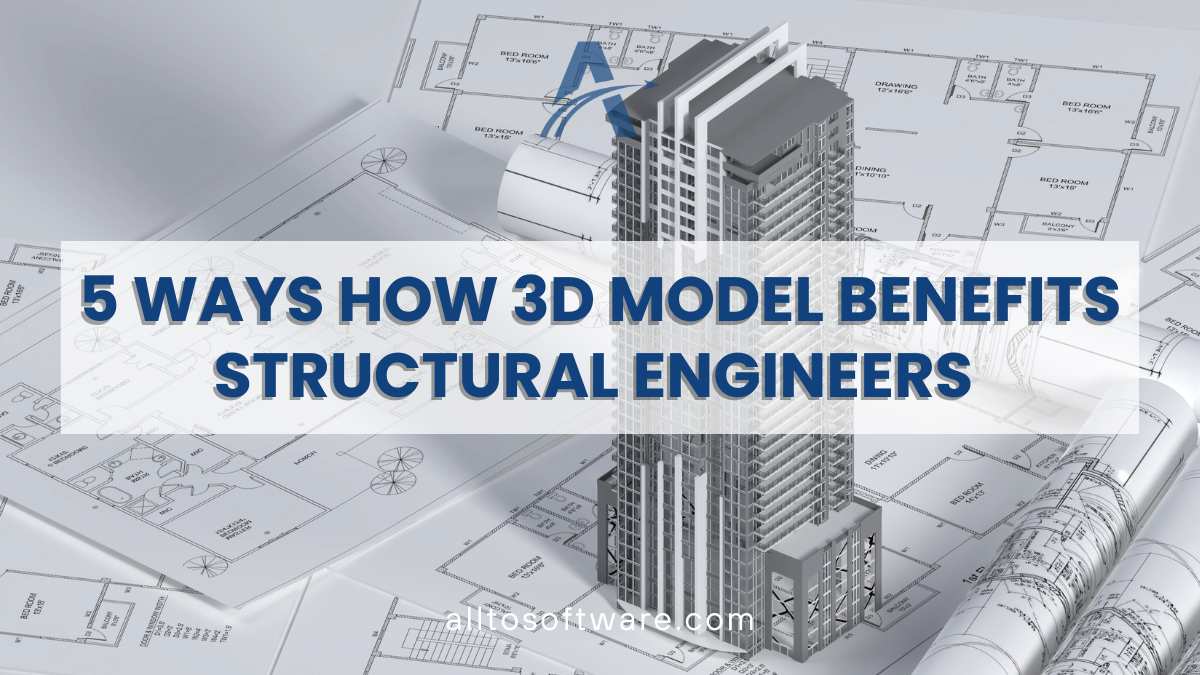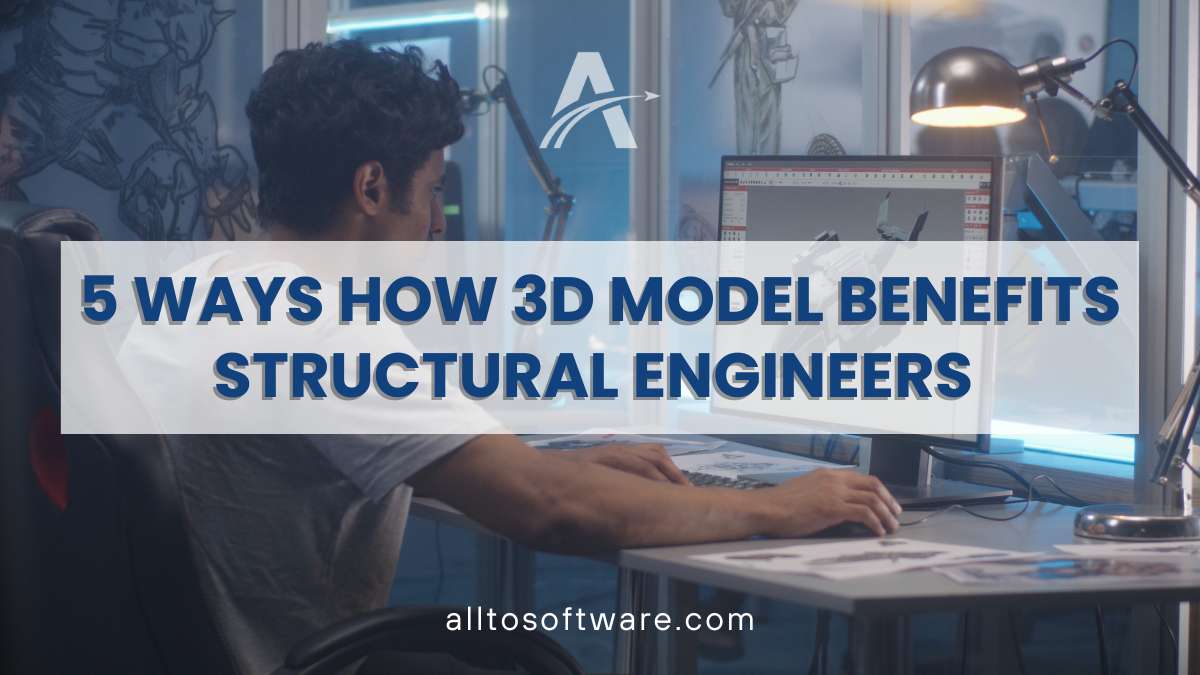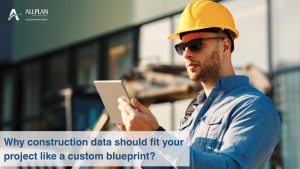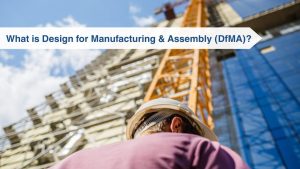5 ways how a constructible 3D model benefits structural engineers
Source: internet

Structural Engineers face numerous challenges that can result in longer working hours and compromise the quality of their final deliverables, potentially affecting the overall success of the construction projects.
Discover how truly constructible models enhance the BIM process by improving clarity, enabling better decision-making and delivering higher-quality structures.
1. Ensure you have collected all the right information from design to onsite
The success of a project relies on high-quality information that keeps it on schedule and within a budget. However, in construction, a common challenge arises when early design models fail to meet the requirements of fabricators and contractors. These models often lack up-to-date information and critical data needed to begin fabrication, forcing contractors to waste valuable time waiting for additional details that cause significant delays to the project timeline.
Incomplete data impacts not only contractors and fabricators but also the entire project. Even minor errors can escalate into major issues, jeopardizing the project’s success. That’s why an accurate 3D model detailing the project’s constructability serves as a vital source of truth for all stakeholders. With this model in place, information becomes reliable, easily shareable, and adaptable to changes.

2. Enhance Structural engineer's communication and collaboration
Effective coordination and organization of information are crucial for the successful completion of any project. From design and detailing to fabrication and on-site execution, all team members must collaborate seamlessly and cost-effectively.
By automating repetitive tasks, such as generating drawings and reports from the model, detailers can focus on more critical aspects of their work. This automation speeds up the detailing process and enhances overall efficiency.

However, many companies continue to rely on traditional methods, such as printing and marking 2D drawings and exchanging multiple files. These outdated practices often result in confusion, miscommunication, and unnecessary fatigue, hindering project efficiency.
A more effective approach is to use BIM (building information modeling) & 3D model as a unified platform, enabling the entire team to visualize the project, exchange feedback, make adjustments, and share essential information.
Traditional methods often create silos, but a collaborative constructible model fosters data sharing among stakeholders and provides a clear understanding of the bigger picture. As a result, adopting a 3D model is essential for creating a more integrated, efficient, and successful construction process.
When changes occur during the project, a constructible model enables detailers to quickly assess the impact of those changes. They can experiment with various solutions within the model, ensuring that the project remains on track and aligned with updated requirements.
3. Save time and money

The 3D model allows detailers to visualize the project in its entirety, making it easier to identify potential conflicts or clashes before construction begins. This proactive identification reduces the need for costly on-site modifications and rework.
Utilizing 3D models offers significant benefits in both time and cost efficiency. A constructible model enables automation in detailing work, minimizing the need for time-consuming manual tasks. Moreover, the precise and intelligent data embedded within these models accelerates and simplifies various stages of steel detailing, fabrication, and erection. This streamlines workflows, reduces errors, and ensures smoother project execution from start to end.
A constructible 3D model also provides a condensed and comprehensive project view, integrating essential elements, meeting requirements, and logistical considerations. This model can be shared with team members and partners, enabling collaborative revisions, comments, and corrections. By using such a 3D model, the time spent on revision checks and rework can be significantly reduced. Additionally, any updates made to the 3D model automatically reflect in related deliverables, such as drawings and reports, ensuring consistency, accuracy, and alignment across all aspects of the construction project.
4. Guarantee safety onsite
A constructible 3D model consists of precise, accurate information generated through automated processes, minimizing the risk of engineering errors.
Additionally, a 3D model offers comprehensive insights into the entire project, not only detailing the building but also its surrounding environment and the logistics required for smooth execution.
5. Increasing profitability and unlock new business opportunities
Throughout a construction project, various factors can change between the initial bid and final execution, impacting a company’s profit margin.
Rather than spending time on tedious revisions of drawings and reports, you can explore different options directly within the model, facilitating timely evaluations and necessary adjustments. This agility helps maintain project profitability and keeps operations on track.
A truly constructible 3D model can greatly enhance your team’s productivity by minimizing the time spent on requesting information, updating drawing versions, and completing manual tasks. This efficiency allows for more focus on finding and securing new projects, ultimately boosting overall effectiveness and profitability. By streamlining workflows and reducing administrative burdens, your team can allocate more resources to strategic growth initiatives.
More Posts

Hardware and Software Requirements for ALLPLAN 2026
ALLPLAN System Requirements

Why Construction data should fit your project like a custom blueprint?
In an ideal world, ours would be an industry that ran on precision and fine margins but, as we all know, there is nothing precise

What is Design for Manufacturing and Assembly (DFMA)?
Source: Internet Design for Manufacturing and Assembly (DFMA) is a product design approach that focuses on simplifying the manufacturing and assembly processes to reduce production

